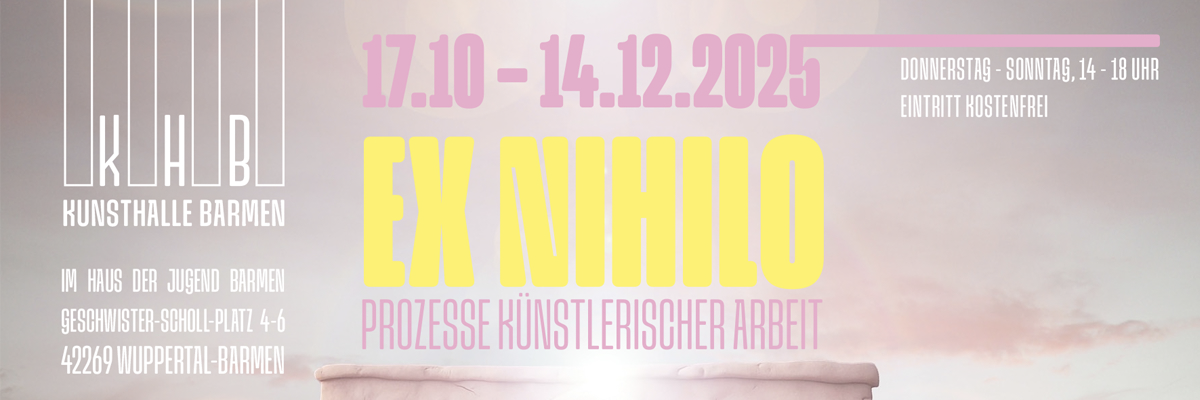
Ernestyna Orlowska
Murmur
Project Info
- 💙 Galeria Studio, Warsaw
- 💚 Paulina Olszewska
- 🖤 Ernestyna Orlowska
- 💜 Paulina Olszewska
- 💛 Sisi Keft
Share on
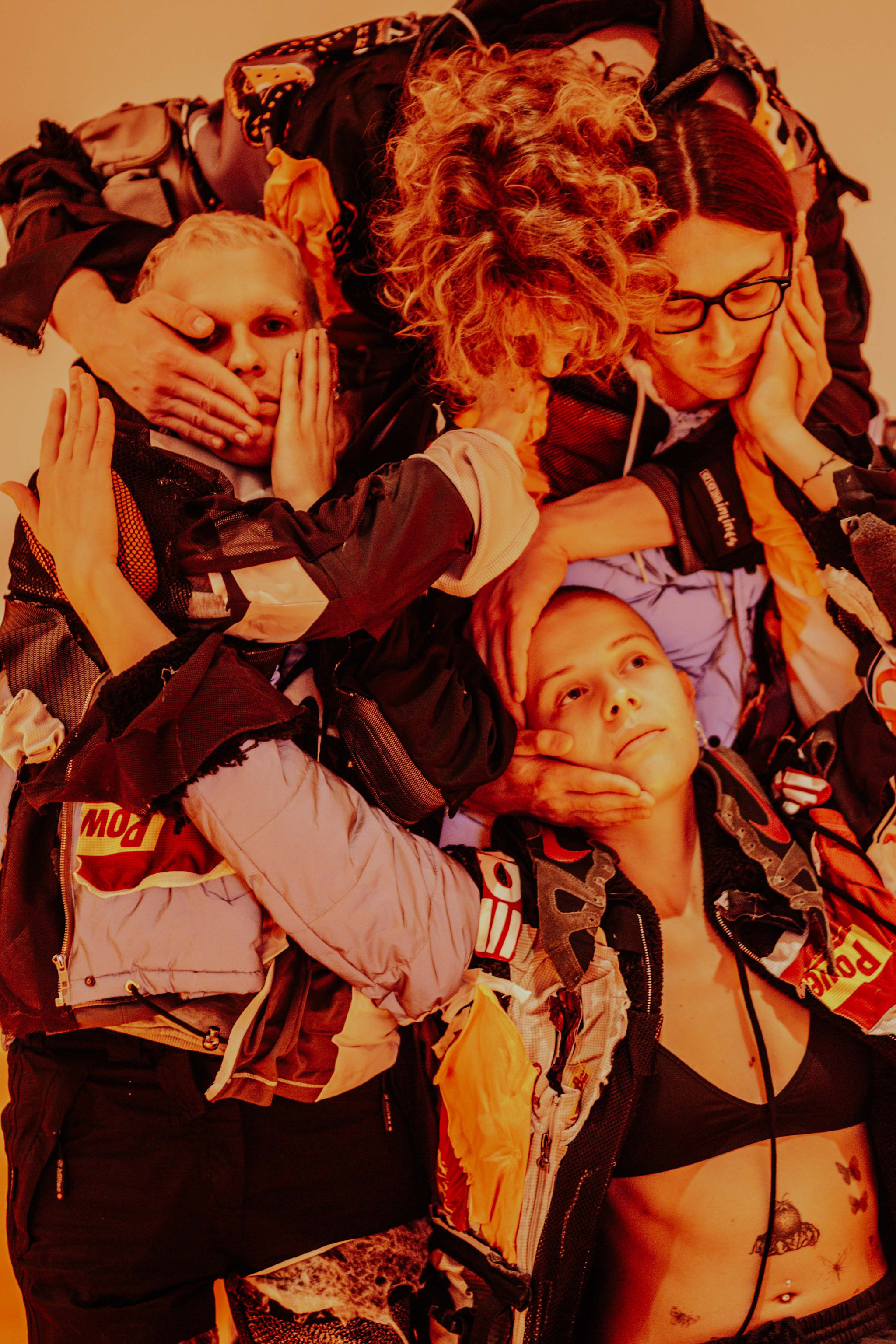
Ernestyna Orlowska, Murmur, Galeria Studio, Warsaw, 2022, photo Sisi Keft, courtesy of the gallery
Advertisement
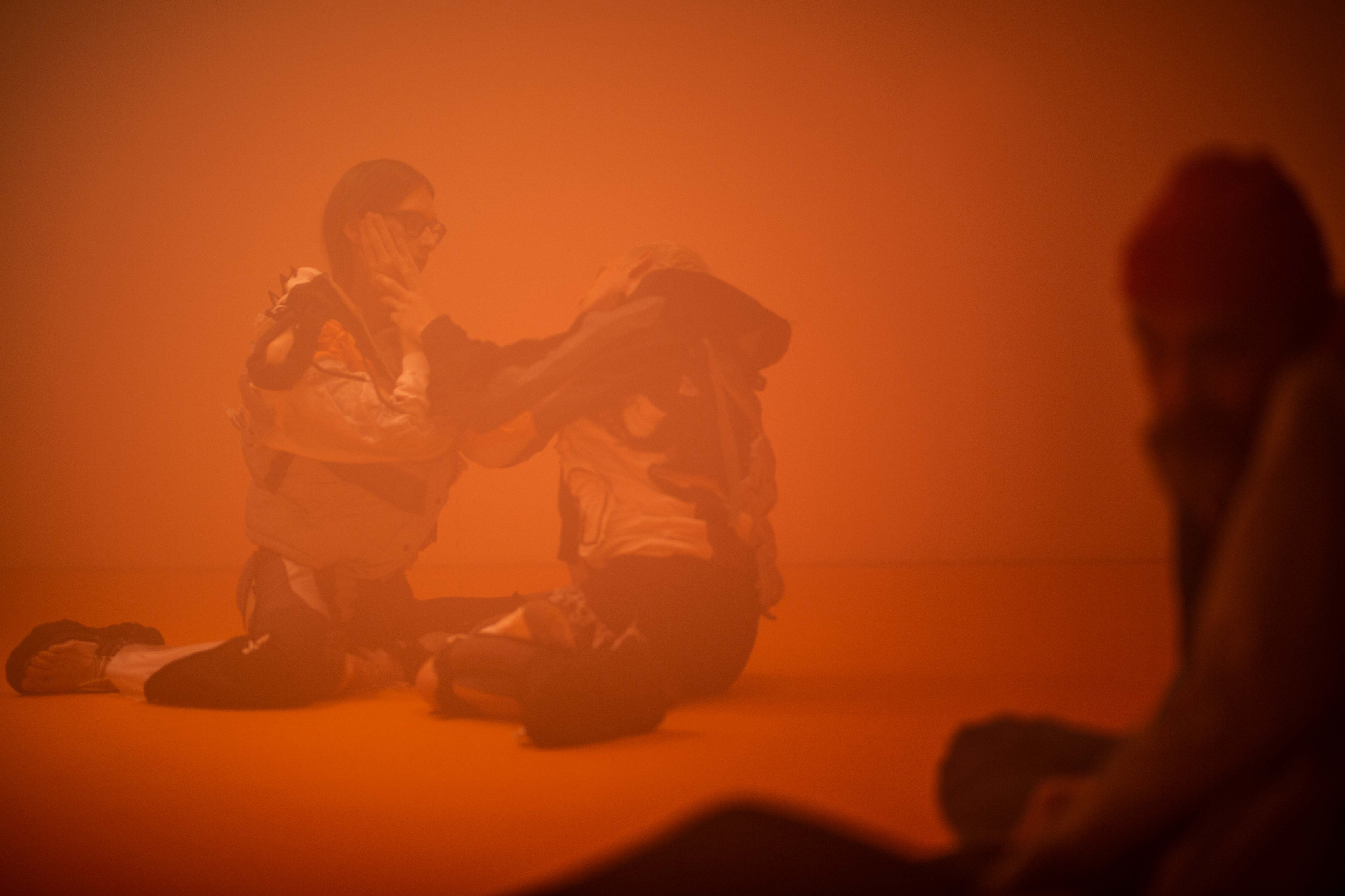
Ernestyna Orlowska, Murmur, Galeria Studio, Warsaw, 2022, photo Sisi Keft, courtesy of the gallery

Ernestyna Orlowska, Murmur, Galeria Studio, Warsaw, 2022, photo Sisi Keft, courtesy of the gallery
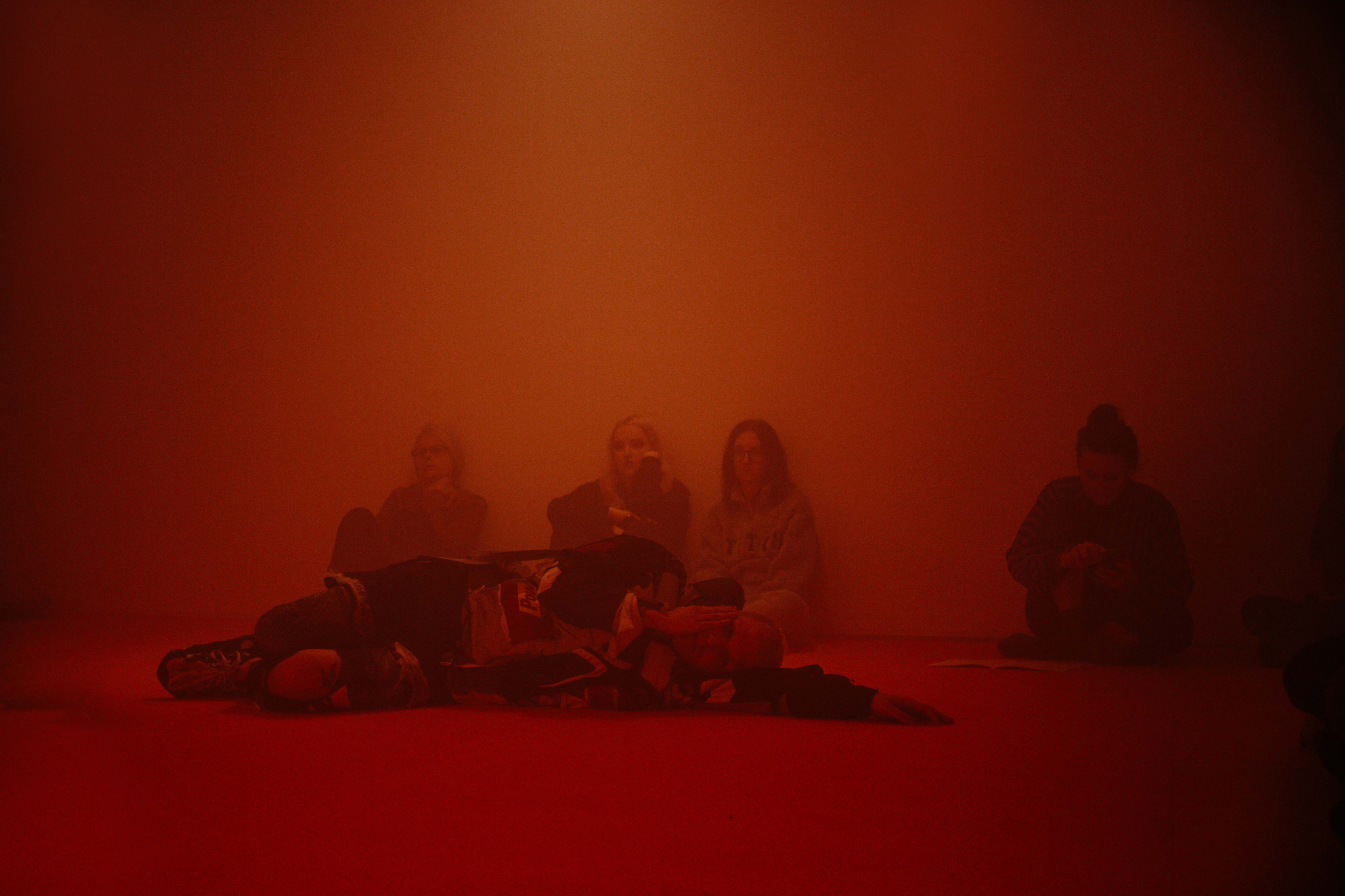
Ernestyna Orlowska, Murmur, Galeria Studio, Warsaw, 2022, photo Sisi Keft, courtesy of the gallery
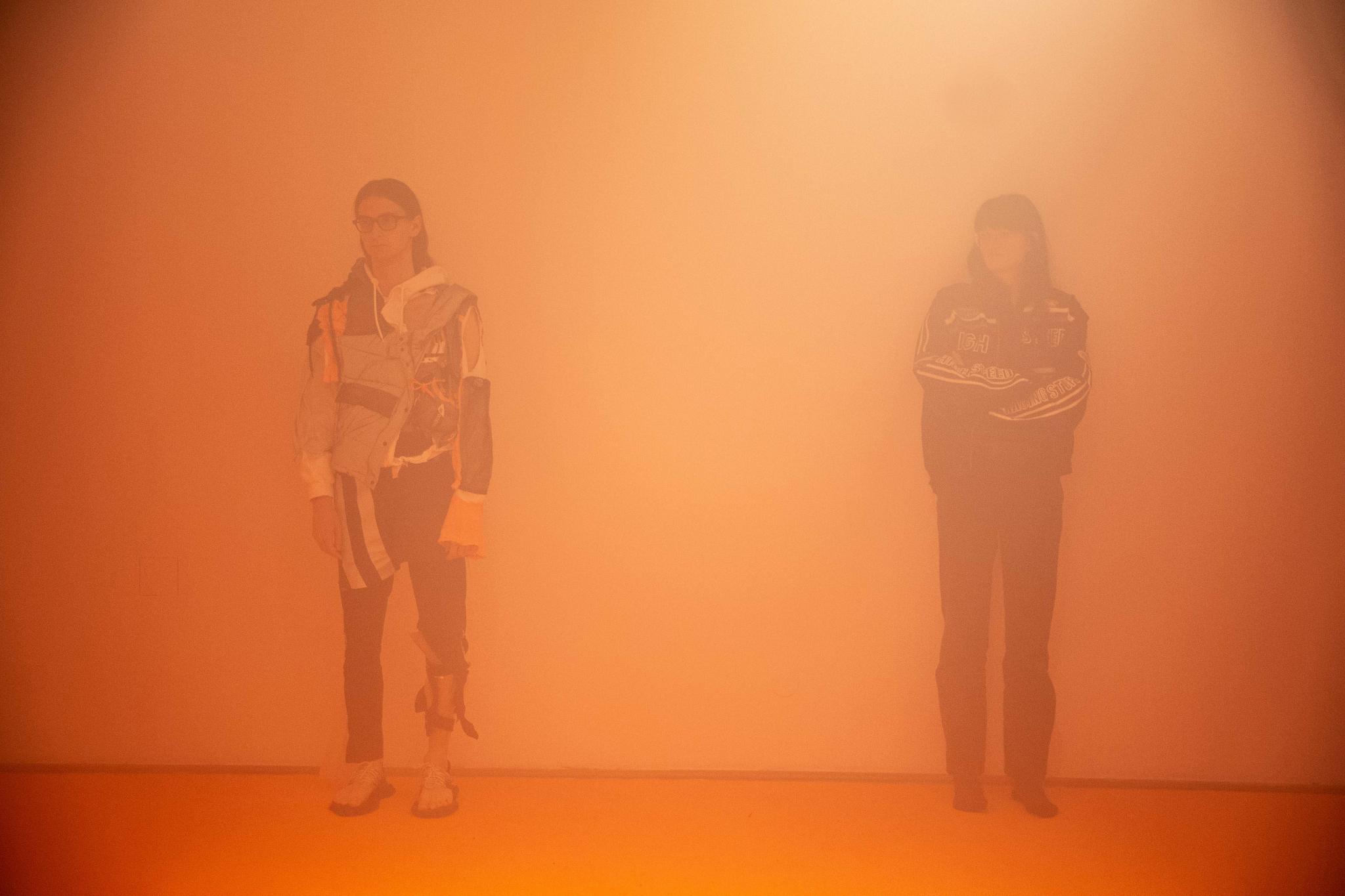
Ernestyna Orlowska, Murmur, Galeria Studio, Warsaw, 2022, photo Sisi Keft, courtesy of the gallery

Ernestyna Orlowska, Murmur, Galeria Studio, Warsaw, 2022, photo Sisi Keft, courtesy of the gallery

Ernestyna Orlowska, Murmur, Galeria Studio, Warsaw, 2022, photo Sisi Keft, courtesy of the gallery
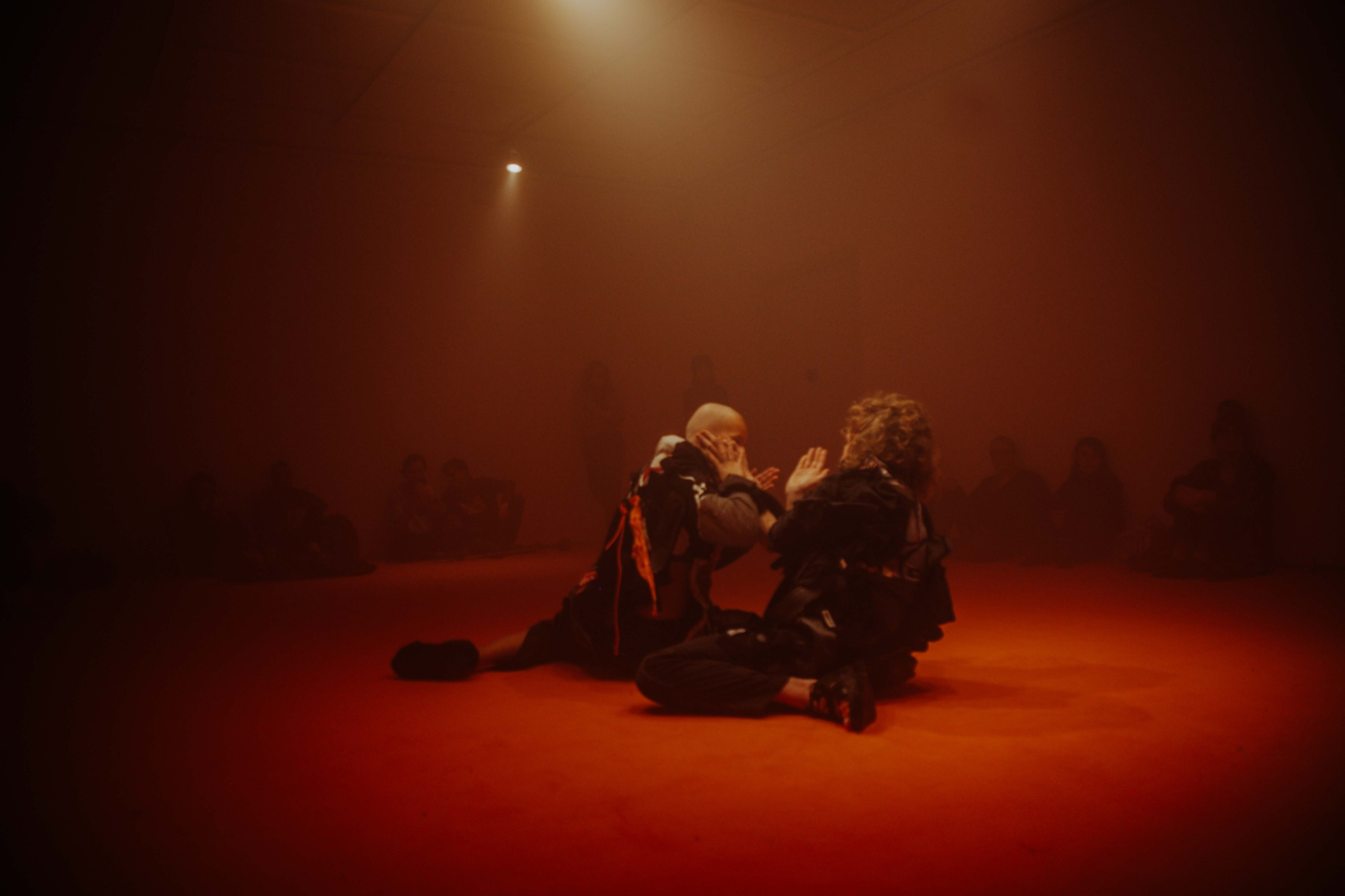
Ernestyna Orlowska, Murmur, Galeria Studio, Warsaw, 2022, photo Sisi Keft, courtesy of the gallery
When Two Hands Touch, How Close Are They?
This question comes from the essay On Touching—The Inhuman That Therefore I Am, by American feminist theorist Karen Michelle Barad, and it was the starting point for the work "Murmur", prepared for Galeria Studio in Warsaw by Swiss artist Ernestyna Orlowska. In her work, the artist refers to the body and its perception in cultural contexts. In preparing the new work for an exhibition in Warsaw, she continues to consider how to live with the body, and in particular, life as a body. She poses questions about people’s relationship to the body they possess. As she has noted, this is visualized in language through the phrase "we have a body". However, viewed de facto, from a biological-chemical angle, "we are a body". Following Barad's reflection, the artist sees us and our bodies as a set of various chemical elements. If we look at ourselves from this perspective, we see and perceive ourselves differently, but also in relation to other people. We begin to see and feel ourselves as a condensation of earth, light, air and heat, and interpersonal communication moves into a chemical-physical realm and the reactions that happen there. So it is with touch, which the American theorist invokes in their text. What is touch if not electromagnetic transmission between atoms? The artist asks the question: When we touch each other, are we not really touching ourselves? Orlowska sees our existence as living by means of the forces that constitute the human subject, and thus undermines the object-subject and culture-nature dichotomy. Existence comes to be through these forces, and they should be understood as a cosmic murmur. Starting from questions of corporeality, of what is inhuman in our human existence, the Swiss artist creates a multi-element performance to affect our senses on various levels.
To this end, she will visually transform the gallery, letting smoke into the space along with warm air. Her project will be created along with invited collaborators: Tyra Wigg (co-choreography) and Aaa Biczysko, Stefan Gosiewski, Filipka Rutkowska and Kamil Wesolowski (performance). The choreography will start with the visual element placed in the gallery, namely an orange carpet, and develop with the performers, through their bodies. She will incorporate meditation, immersion and the senses into the performance to achieve a moment in which body and mind are not separated but become one. The goal of these activities is to evoke in the performers their own personal experience of movement, and through this to achieve a state of feeling in the dual sense: to feel that one is feeling. Only when the performers develop their own feeling of the physical matter that they are, will they interact with their bodies and with each other. This work with the body was based on a set of notations developed by Orlowska, which allow for improvisation and interaction with the situation which has been created in the gallery space.
The visual and performative experience of "Murmur" will be enhanced by costumes prepared by Orlowska. The artist treats these in a sculptural manner, while she sees the people who wear them as "living sculptures." The starting point for the costumes is sportswear design based on principles of aerodynamics. By their shape, texture and colour, they also to evoke the aura of physical activity, which is supposed to testify to vitality, energy and power. The artist reworked used clothes on the principle of quick and energetic dissection, in order to then assemble the finished pieces into new sets that constantly emphasize the strength and energy contained in the human body. The second-hand clothes also draw attention to the problem of overproduction in our modern world.
In "Murmur" the sound component plays an important role. The composer, Magda Drozd, created a multi-channel musical composition which is played on speakers worn by the performers. Each of the individual soundtracks was inspired by a chemical element found in the body: carbon, water, oxygen and minerals.
Ernestyna Orlowska's performance is conceived as an action in time, with no division between the stage and the audience. We are invited, along with the artist, to join in the performance at any time and be in it together with the performers. As such, we can try to enter the constructed situation and feel ourselves and our bodies on a new level, separate from everyday life.
Paulina Olszewska

